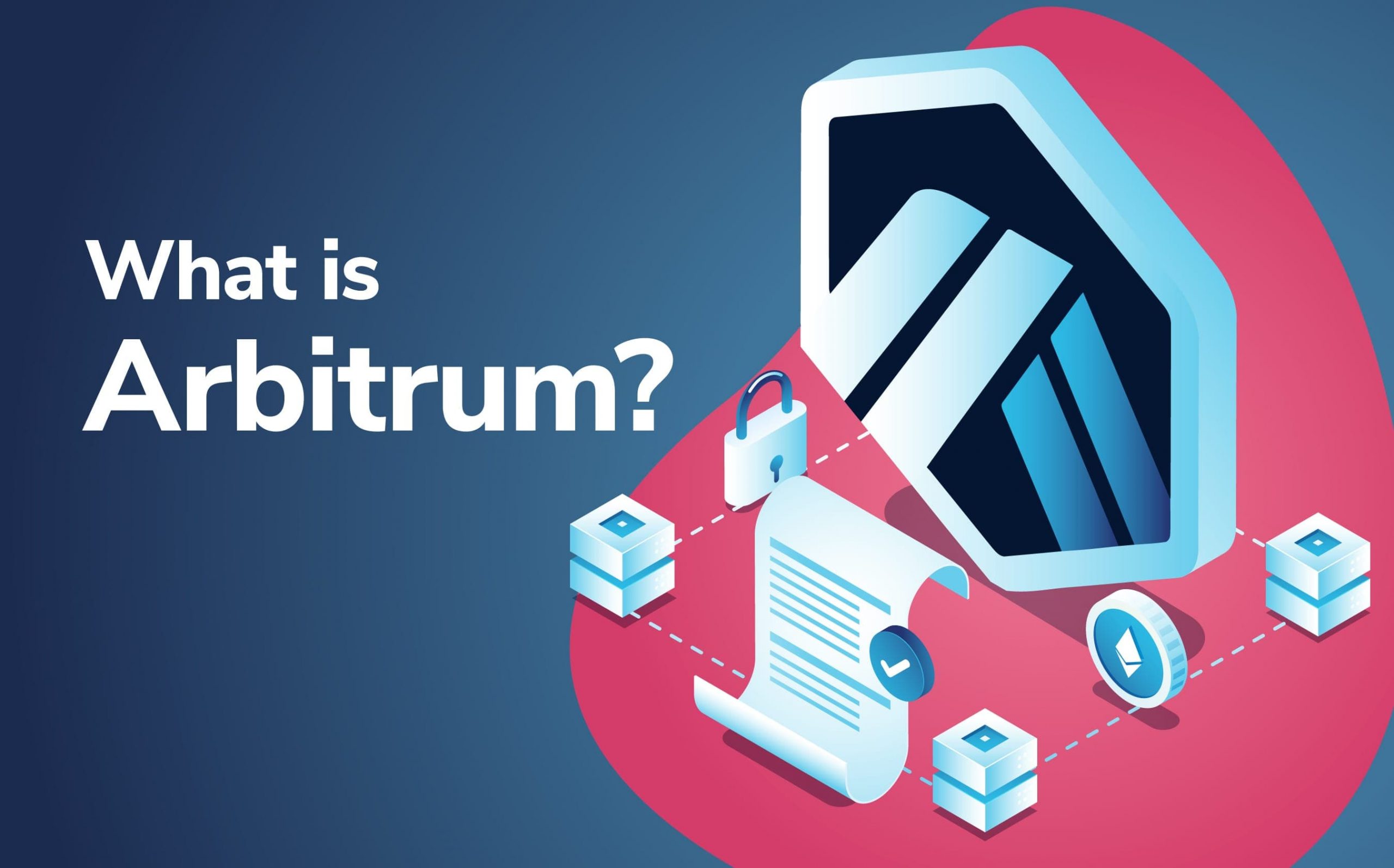Arbitrum: Scaling Ethereum with High Throughput & Low Fees

In this guide, we will take a comprehensive look at the Arbitrum Protocol. We will discuss its purpose, design, features, and tokenomics. We will also explore the Arbitrum ecosystem and the future of the project.
In this blog post, I will provide a comprehensive overview of Arbitrum, including its purpose, design, and tokenomics. I will also discuss the potential impact of Arbitrum on the Ethereum ecosystem.
What is Arbitrum? Arbitrum is an optimistic rollup, which means that it uses a fraud-proof mechanism to ensure the validity of transactions. Transactions are submitted to the Arbitrum chain, where they are processed off-chain by a sequencer. The sequencer then publishes a batch of transactions to the Ethereum main chain, where they are verified.
Arbitrum is an optimistic rollup, which means that it uses a fraud-proof mechanism to ensure the validity of transactions. Transactions are submitted to the Arbitrum chain, where they are processed off-chain by a sequencer. The sequencer then publishes a batch of transactions to the Ethereum main chain, where they are verified.
This approach allows Arbitrum to achieve high throughput and low fees. Transactions on the Arbitrum chain can be processed much faster than transactions on the Ethereum main chain, and the fees are significantly lower.Purpose
The purpose of the Arbitrum Protocol is to scale Ethereum. Ethereum is a powerful platform for decentralized applications, but it has some scalability limitations. Arbitrum addresses these limitations by moving some of the computation and storage of Ethereum transactions to a layer-2 network. This allows Arbitrum to achieve higher throughput and lower gas fees than Ethereum itself.
Design
Arbitrum uses optimistic rollups to achieve its scalability goals. Optimistic rollups are a type of layer-2 scaling solution that uses fraud proofs to ensure the validity of transactions. In an optimistic rollup, transactions are first processed off-chain by a sequencer. The sequencer then publishes a batch of transactions to the Ethereum main chain. If any of the transactions in the batch are invalid, they can be challenged and rolled back.
Arbitrum uses a number of features to improve the security and efficiency of optimistic rollups. These features include:
- Random sampling: Arbitrum uses random sampling to select a subset of transactions to be included in fraud proofs. This helps to reduce the computational overhead of fraud proofs.
- Off-chain dispute resolution: Arbitrum uses off-chain dispute resolution to resolve disputes about the validity of transactions. This helps to reduce the congestion on the Ethereum main chain.
 Features
Features
Arbitrum offers a number of features that make it a compelling layer-2 scaling solution for Ethereum. These features include:
- High throughput: Arbitrum can process up to 10,000 transactions per second. This is significantly higher than the throughput of Ethereum itself.
- Low gas fees: Arbitrum gas fees are typically much lower than Ethereum gas fees. This makes it more affordable for users to interact with dApps and protocols on Arbitrum.
- Security: Arbitrum is designed to be secure against a variety of attacks. This includes fraud attacks, transaction malleability attacks, and denial-of-service attacks.
Tokenomics Arbitrum has a native token called the Arbitrum token (ARBITRUM). The ARBITRUM token is used to pay for fees on the Arbitrum network. It is also used to govern the Arbitrum protocol.
Arbitrum has a native token called the Arbitrum token (ARBITRUM). The ARBITRUM token is used to pay for fees on the Arbitrum network. It is also used to govern the Arbitrum protocol.
The ARBITRUM token has a total supply of 10 billion tokens. The tokens are distributed as follows:
- 70%: To the public through a series of public sales and airdrops.
- 20%: To the Arbitrum team and investors.
- 10%: To the Arbitrum DAO.
The Arbitrum DAO is responsible for governing the Arbitrum protocol. The DAO is composed of ARBITRUM token holders. The DAO has the power to make changes to the Arbitrum protocol, including changes to the fees and governance structure.
Ecosystem
The Arbitrum ecosystem is growing rapidly. There are a number of dApps and protocols that are already deployed on Arbitrum, and more are being developed all the time.
Some of the most popular dApps and protocols on Arbitrum include:
- Aavegotchi: A play-to-earn game that allows players to collect and trade digital ghosts.
- Chainlink: A decentralized oracle network that provides secure and reliable data to smart contracts.
- Uniswap: A decentralized exchange that allows users to swap tokens without the need for a centralized intermediary.
Future
The Arbitrum Protocol is a promising layer-2 scaling solution for Ethereum. It has the potential to significantly improve the scalability and affordability of Ethereum dApps and protocols.
The Arbitrum team is committed to further developing the Arbitrum Protocol. The team is working on a number of improvements, including:
- Nitro: A new scaling technology that could potentially increase the throughput of Arbitrum to 1 million transactions per second.
- Orbit: A new feature that would allow developers to launch customized layer-2 chains on Arbitrum.
The Arbitrum Protocol is well-positioned to play a leading role in the future of Ethereum scaling.






![[ℕ𝕖𝕧𝕖𝕣] 𝕊𝕖𝕝𝕝 𝕐𝕠𝕦𝕣 𝔹𝕚𝕥𝕔𝕠𝕚𝕟 - OM(G) , My Biggest Bag Was A Scam????](https://cdn.bulbapp.io/frontend/images/99de9393-38a8-4e51-a7ab-a2b2c28785bd/1)








![Nekodex – Earn 20K+ NekoCoin ($20) [Highly Suggested]](https://cdn.bulbapp.io/frontend/images/b4f0a940-f27c-4168-8aaf-42f2974a82f0/1)


















